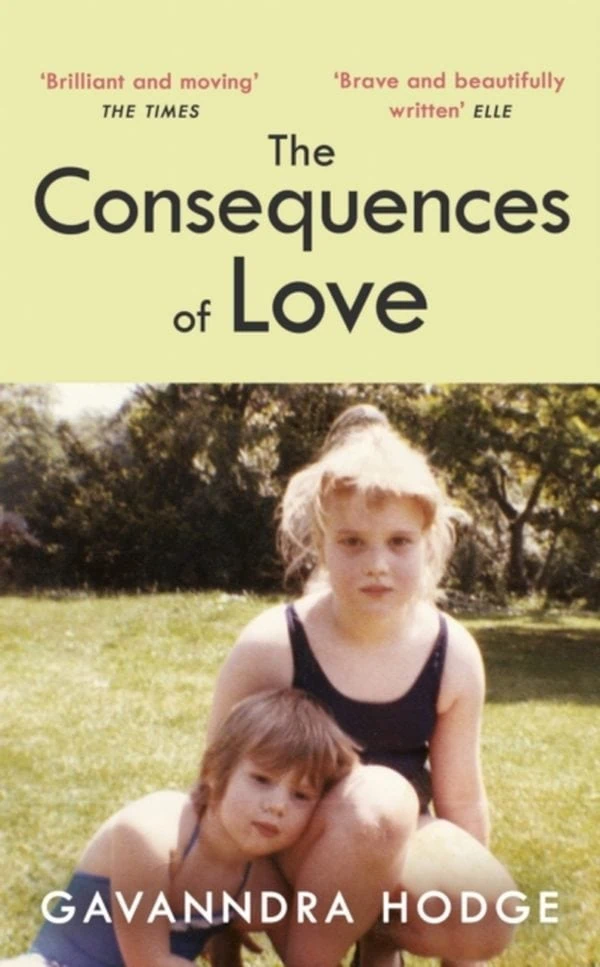
Few of us could have listened to Gavanndra Hodge, author, journalist and former deputy-editor at Tatler, without being simultaneously intrigued and heartbroken. Coming from an unconventional family, her future path was set by the sudden death of her sister aged just 9. She became numb to her feelings, ‘never un-numbed’ herself and buried many wonderful memories as well as the trauma. Hear her story, share her sadness, the discovery of her deeper unresolved feelings through writing her autobiography, and the successful role of EMDR in her road to unlocking.
EMDR (Eye Movement Desensitisation and Reprocessing) can help process trauma and upsetting memories. It is one of the treatments used by the U.S. Veterans Association and is detailed as one of the 3 main types of psychological therapies used to treat people with PTSD by the NHS. No one is sure how it works!
The therapist will work with the client to uncover significant traumatic events and the associated feelings and beliefs. Then through a process of holding the event and its emotions in mind whilst watching a finger or object move from side to side, the traumatic event is processed and is less likely to be as upsetting.
The many clients that I have treated with EMDR describe the memory as being more like a normal memory, rather than a re-living in the first person and feeling everything as if it is happening in the present. One of the most helpful things about the process is that the client does not need to describe the traumatic event to ‘yet another person’, a relief to many.
Listen to Gavanndra Hodge here https://www.bbc.co.uk/programmes/p09v1vjq


